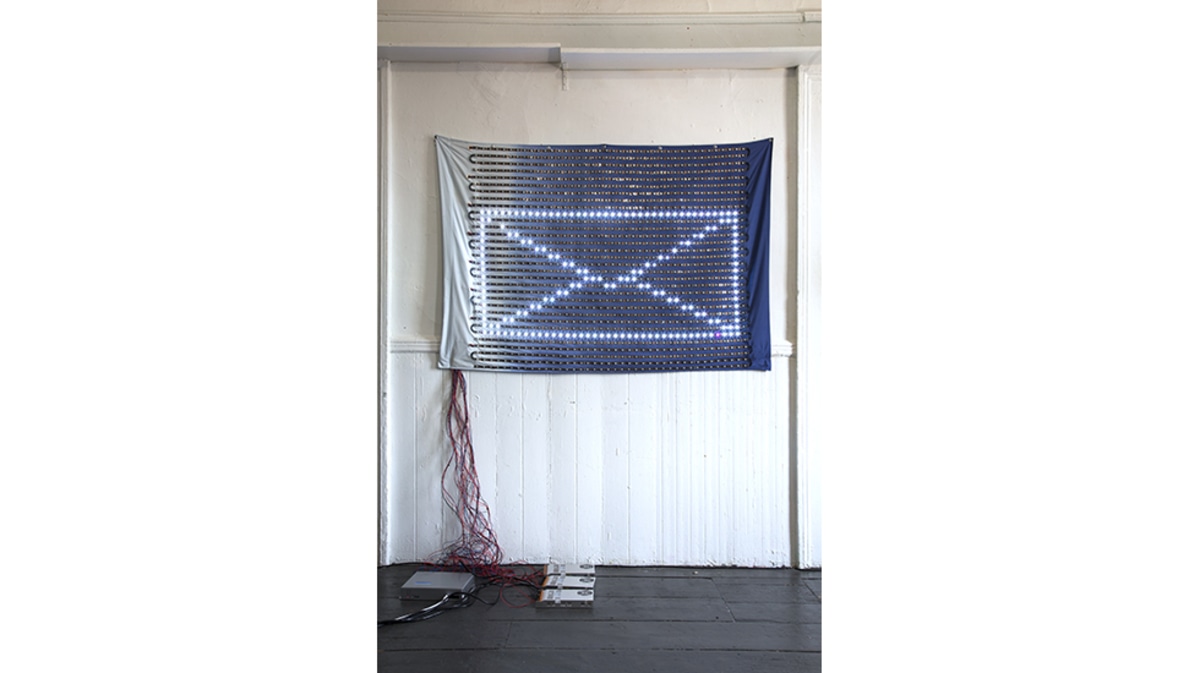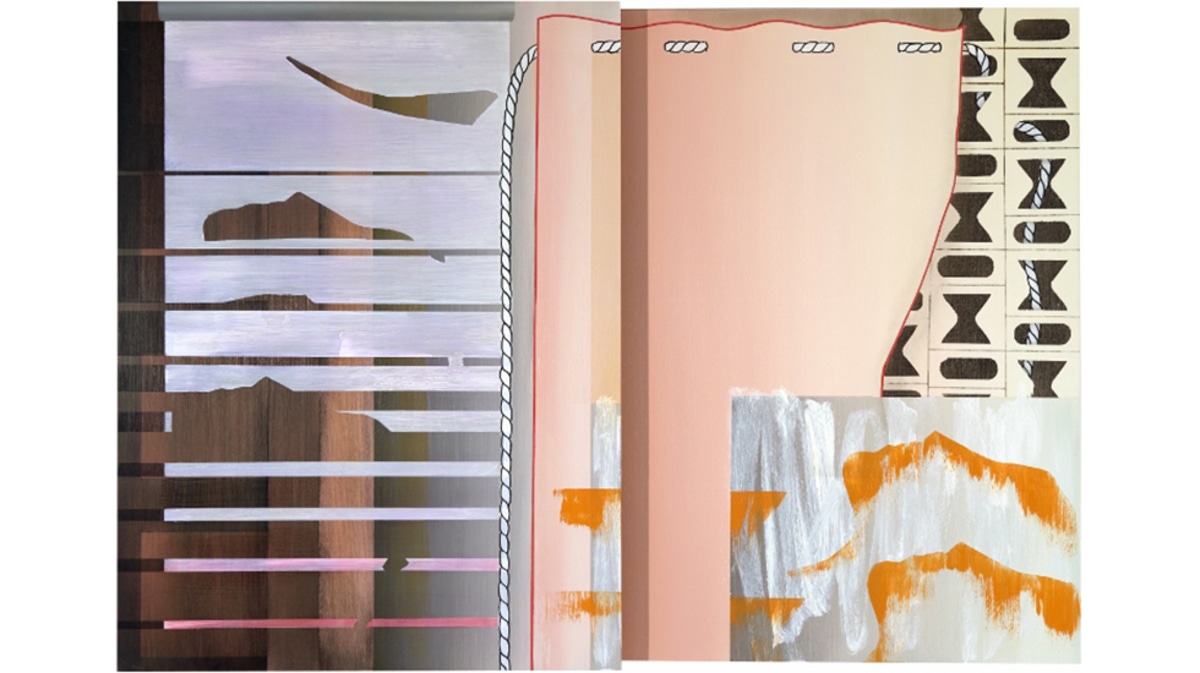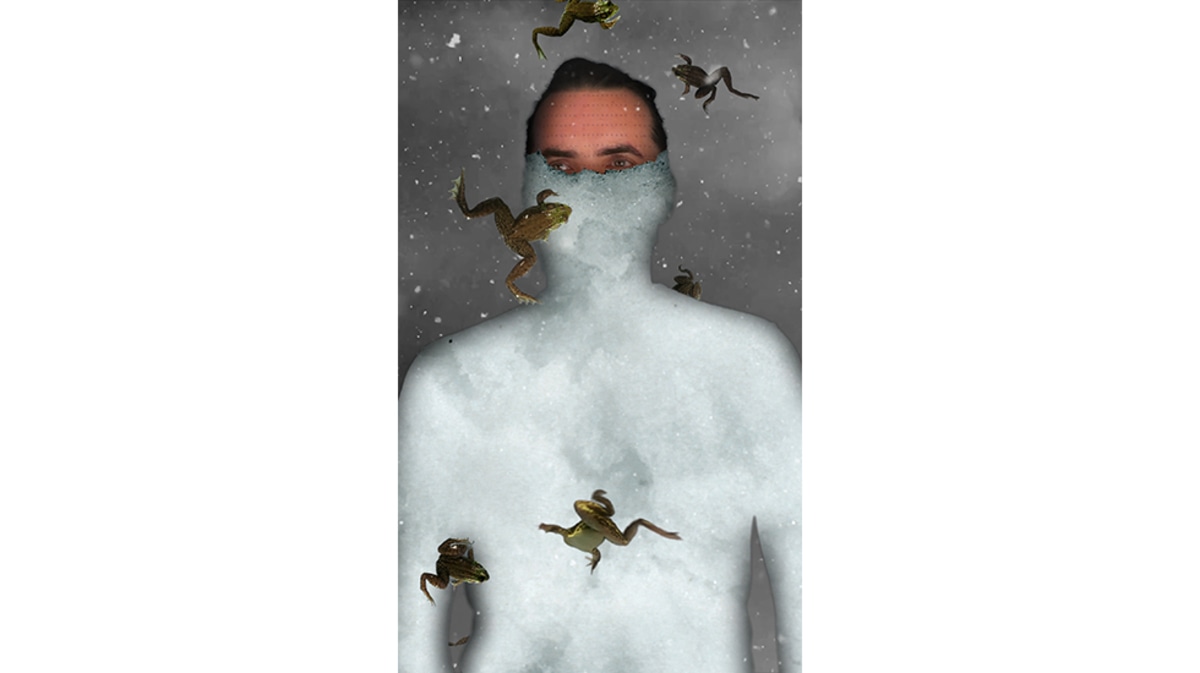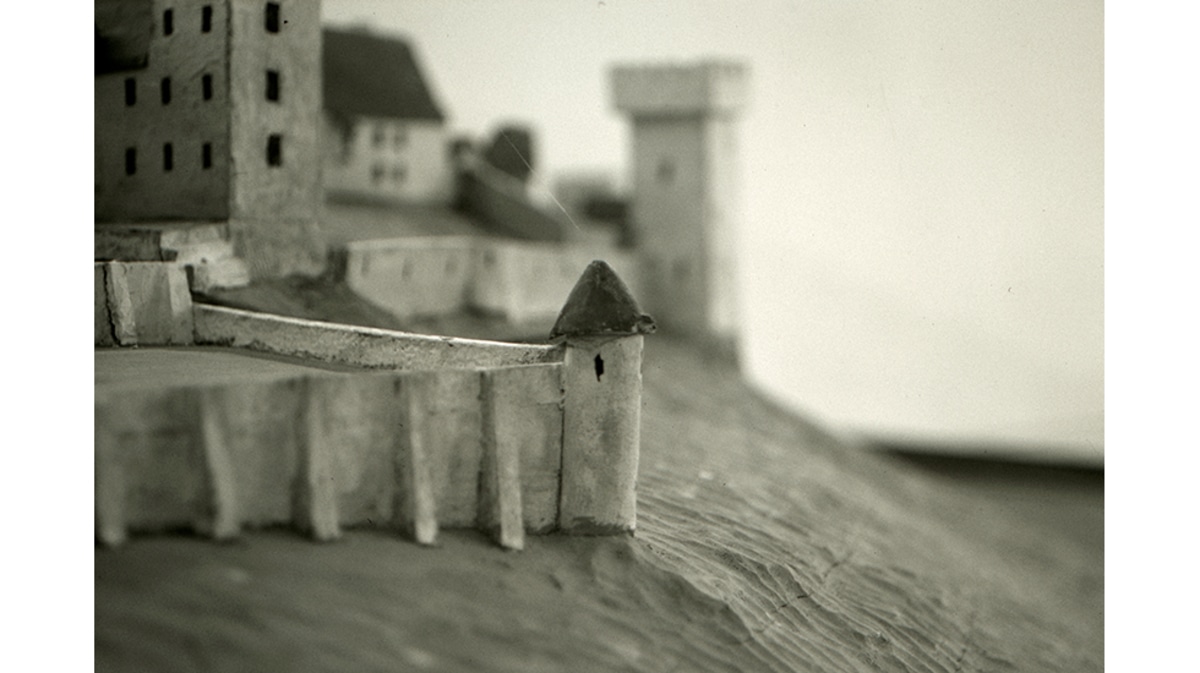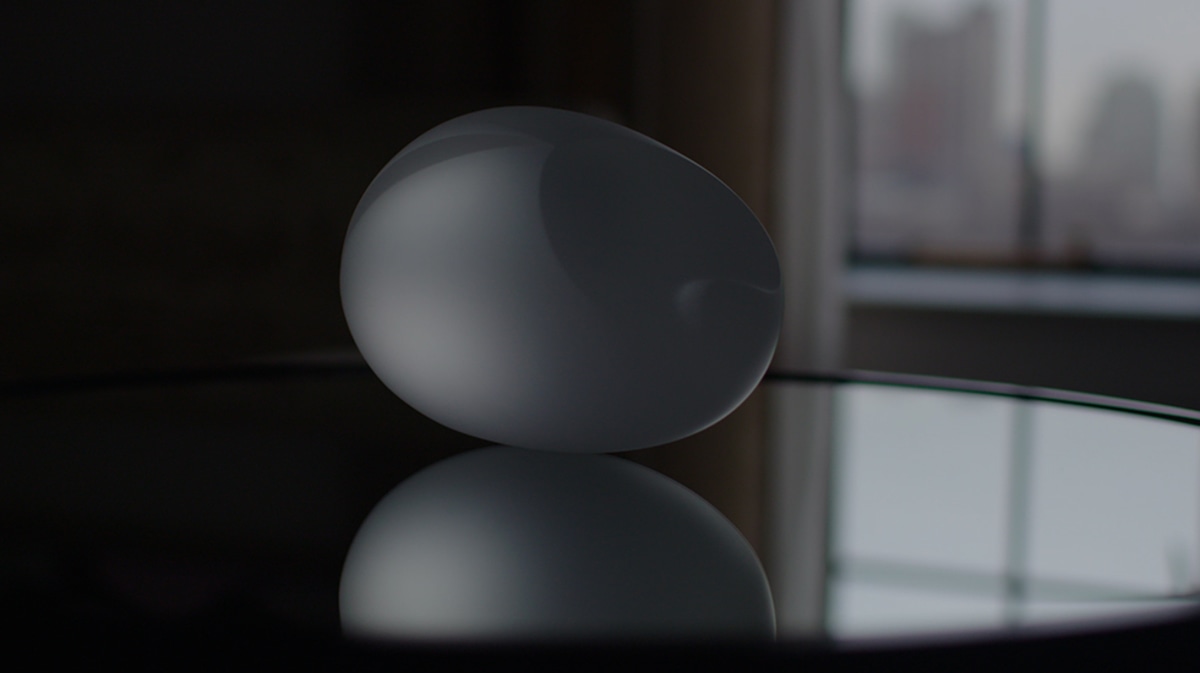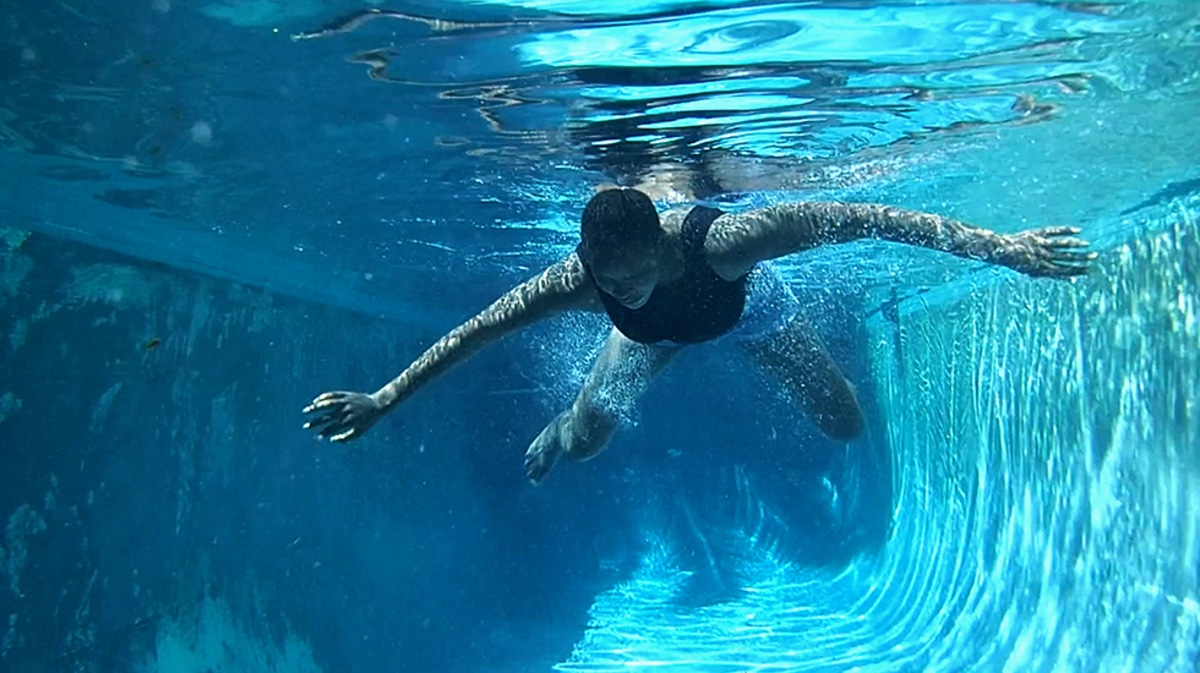2018–19 Visual and Environmental Studies Visiting Faculty
The 2018–19 Visual and Environmental Studies Visiting Faculty exhibition presents work by seven new visiting faculty members in Visual and Environmental Studies. Each year for almost fifty years, the department has invited visual artists and filmmakers who are leaders in their fields to work closely with its students, invigorating and enriching the academic program and broadening departmental conversations with their outside perspectives and experiences. This year is no exception as the department welcomes Sonia Almeida, Ei Arakawa, Lisa Crafts, Andy Graydon, Carissa Rodriguez and Suné Woods, each engaged with varied approaches to painting, photography, and the moving image.
The Department of Visual and Environmental Studies (VES), partially housed here in the Carpenter Center for the Visual Arts, cultivates skills in both the practice and the critical study of the visual arts. Its components include photography, filmmaking, animation, video art, painting, drawing, printmaking and sculpture, as well as film and visual studies, critical theory, and the study of the built environment. Its faculty comprises individuals working and teaching in all of these modes. The department has a strong commitment to fostering dialogue among makers, critics, and theorists.
